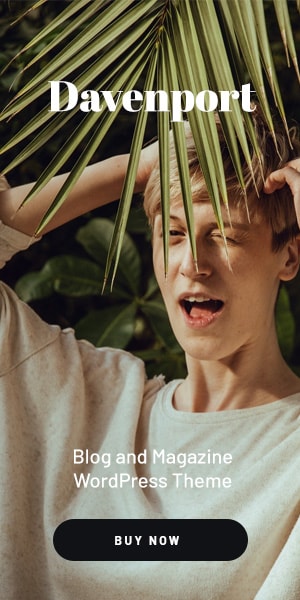A Silk Road Oasis: Life in Ancient Dunhuang at the British Library, 27 September 2024 – 23 February 2025. 5/5 stars, allow 1-1.5 hours. This one-room exhibition offers a sometimes charming, sometimes brutal insight into life in Dunhuang, China, in the first millennium AD.
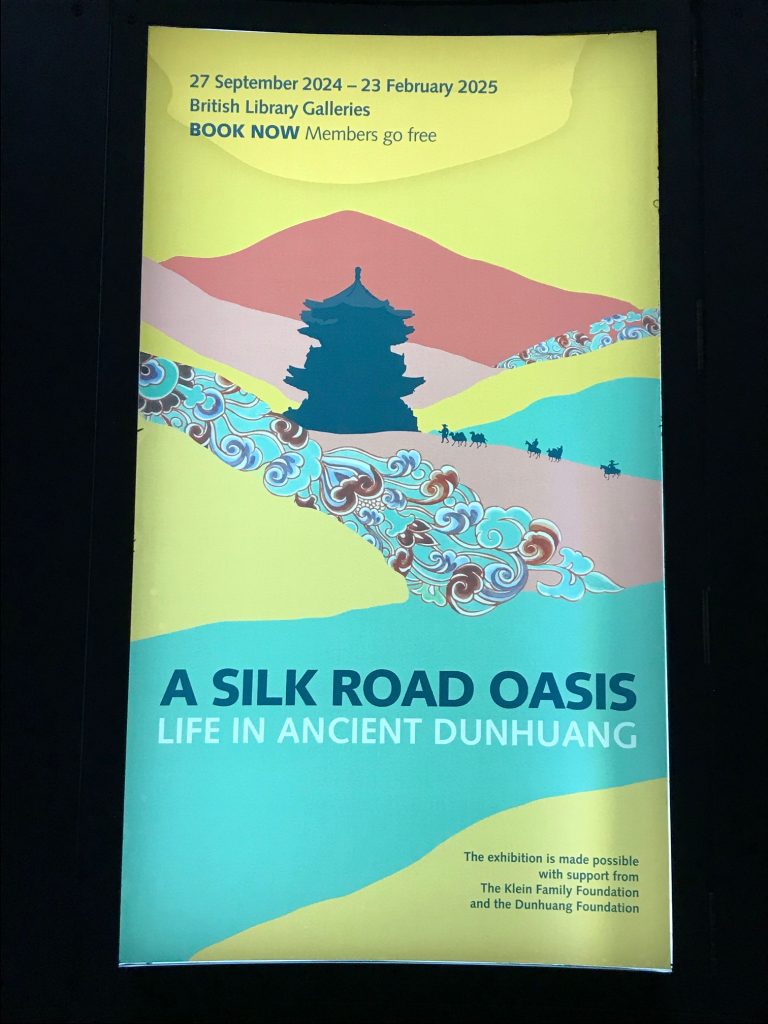
This one-room exhibition offers a sometimes charming, sometimes brutal insight into life in Dunhuang, China, in the first millennium AD. Dunhuang was a crucial watering hole on the Silk Road, attracting merchants, scholars and believers. The High Street must have sounded much like Piccadilly Circus. Showcased are assorted documents and realia, both personal and official, bunched by culture, or by themes such as profession or religion. The documents are a tiny sample of a huge cache from a cave in Dunhuang, famous for its extensive complex of Buddhist caves.
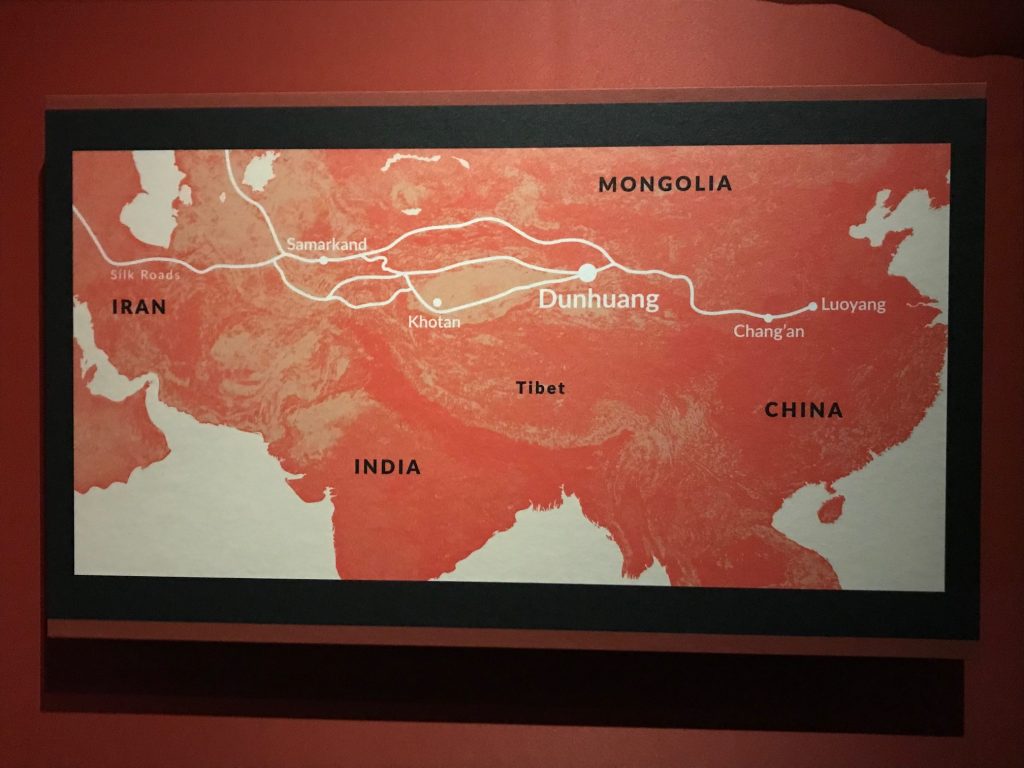
Map showing various Silk Roads
First Question: Did we steal all this stuff? No – not this time. A British Sinologist in 1900 persuaded the Taoist incumbent to sell it to the British Government so he could use the money to start restoration work on the nearby cave sculptures. Slightly underhand, I thought. We could have given him the money… I suppose we were undertaking to look after and study it. But still. It’s cultural piracy.
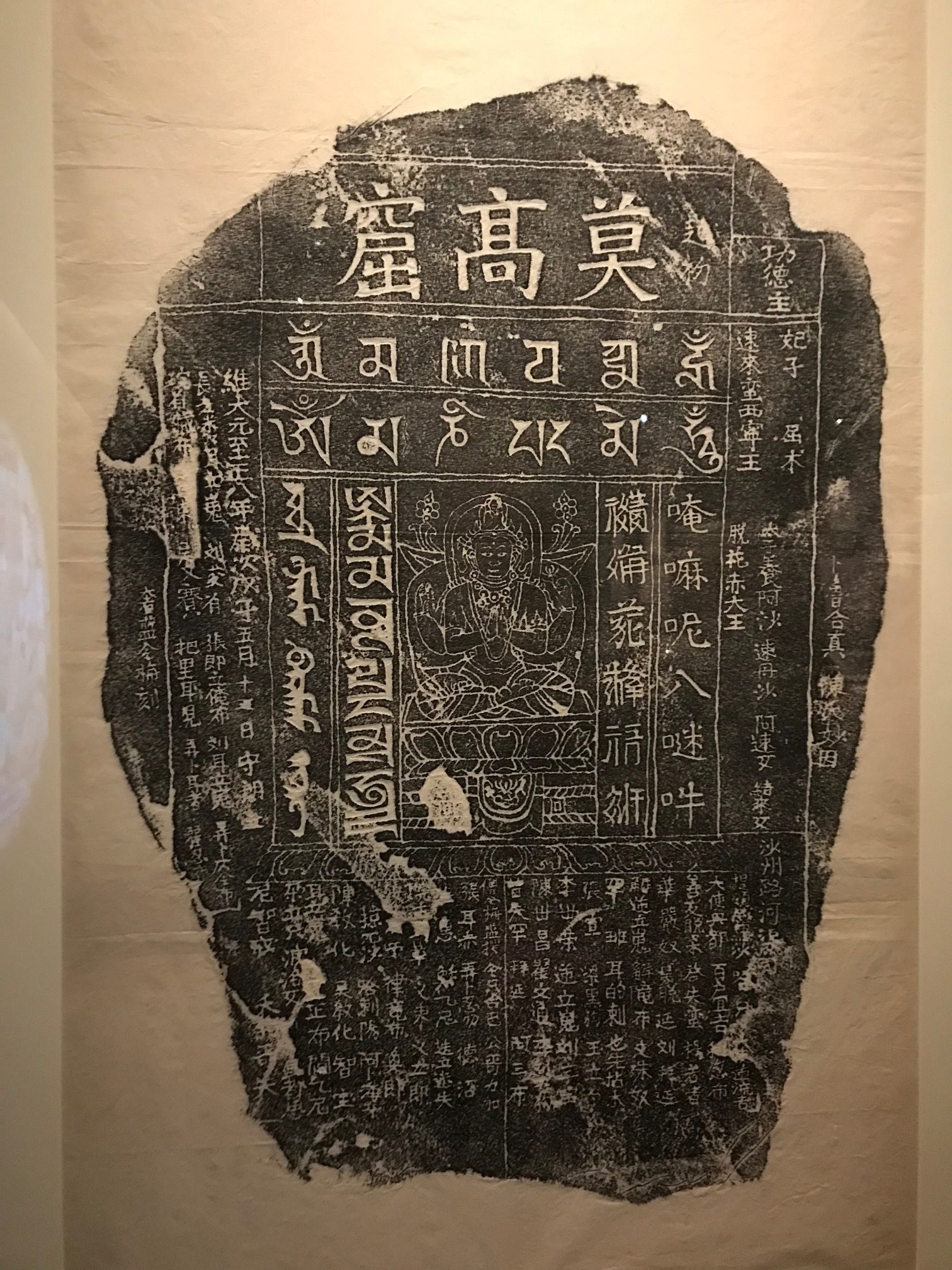
A Buddhist prayer stone in seven languages
How did it come to light? My imagination sparked as I played out the scene with the Sinologist asking, ‘So what’s behind that wall then?’ and the priests saying they didn’t know, and the Sinologist sweet-talking them into pulling the bricks out and him hopping around having multiple nose-bleeds. There are no photos of this historic moment apparently. Regrettably, the cache was scattered to numerous countries, but it’s being digitised and shared, as the collaborative IDP (International Dunhuang Project) celebrates its 30th birthday.
Was it just crusty old paper in cabinets? Well yes there’s that. But no, the BL has gone to great lengths to cherry-pick documents with insightful humans stories attached, such as the home-made Buddhist prayer book hand-written in the owner’s blood. Ethnomusicologists and contemporary musicians have pulled together a wonderful soundtrack of music representing the many cultures along the Silk Roads. A video gives a sense of Dunhuang’s inhospitable sandy terrain, nestled just north of the Tibetan Steppe. A floor-to-ceiling photo shows the ruins of high, defensive walls, detritus from which is also exhibited, in the form of a flimsy sandal.
Were the Sogdians just the Mafia of their day? The curator bristled ‘We would call them influencers’. Nonetheless, they and all the other regions along the Silk Roads jealously guarded their portion and their cut as goods were handed over to middlemen. It was rare for anyone to travel the entire length of the Silk Road.
What were the highlights? Personally, the best has to be a letter retrieved from a stray postbag written by an irate wife to a husband, AWOL 3 long years, saying; ‘I’d rather be a dog’s or pig’s wife than yours!’ Equally evocative is the special permission accorded to a 10 year old girl to become a nun because her yearning for Buddhism was ‘like the yearning of a bee for honey’. Diplomatic documents detailing hospitality protocols include what was given to visitors such as flour and oil. FLOUR? So you’re expecting your exhausted, filthy guests to BAKE THEIR OWN BREAD…?!
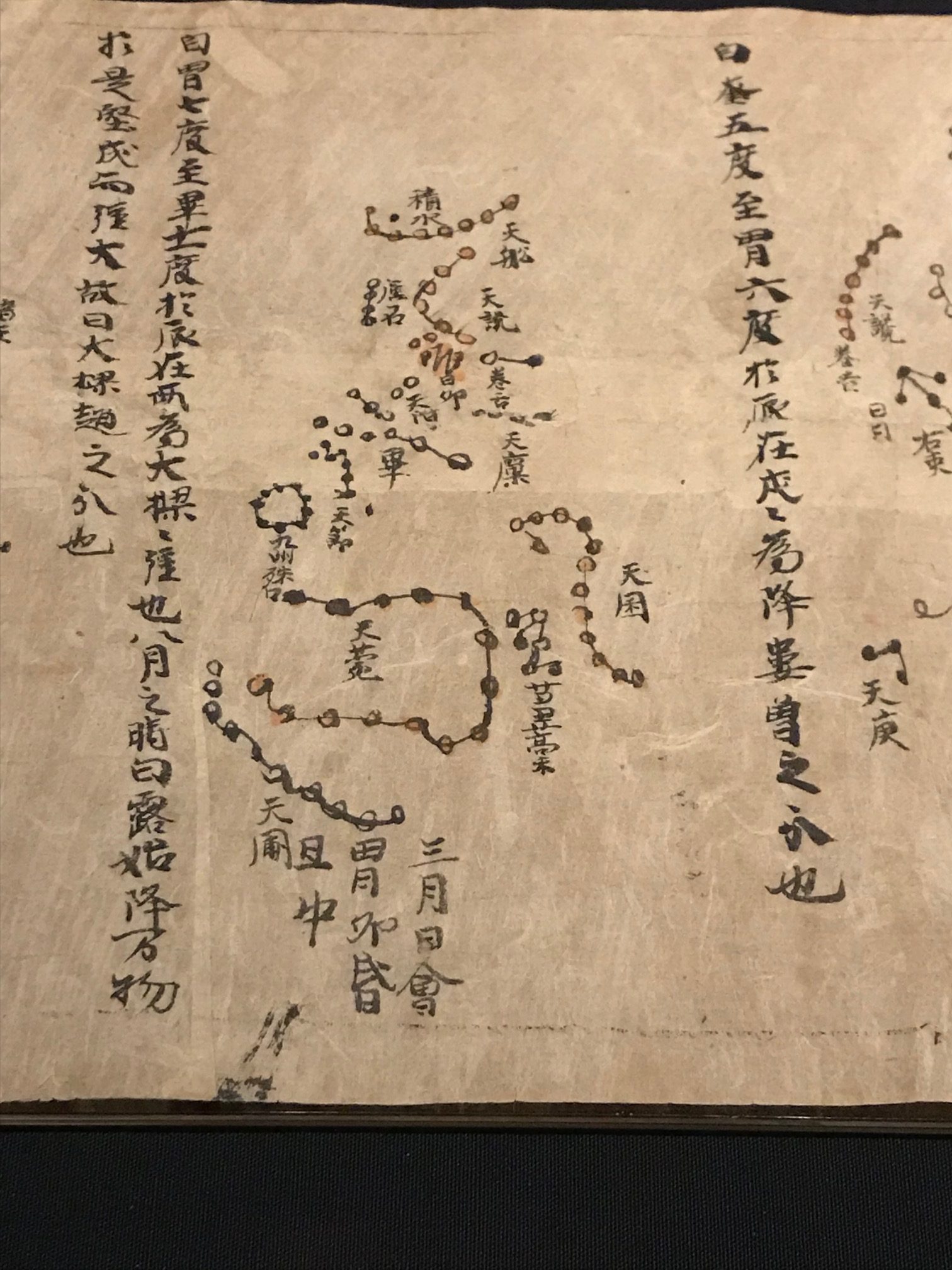
The oldest star chart known!
One glaring omission was at least one photo of the cave as found, before the pillage began. One exists, and I was shown it by a very helpful curator. The ‘Design Team’ have created a cavey nook but it features a contemporary photo of the cave, all sanitised and empty, and the original wall of scrolls is represented as a divider wall of rolled up printer paper. I suggested they add a blow-up of the extraordinary image.
Also, given the rainbow of languages represented, it would have been helpful to have the language of each exhibit clearly stated next to the description, with a date. Who’s to know what the Sogdians of the 9th century AD spoke in what is now Uzbekistan?
Related articles



